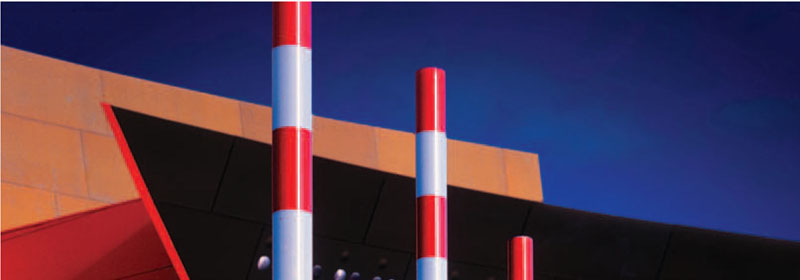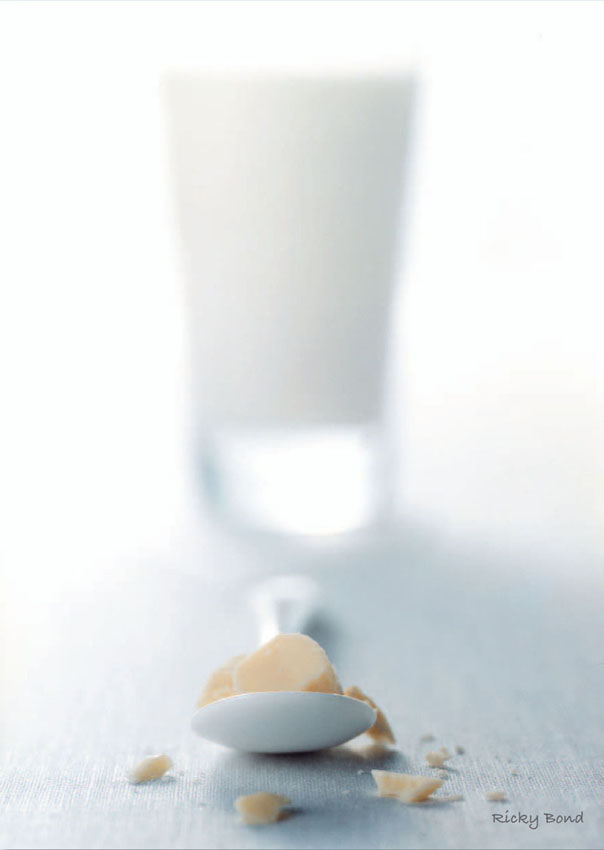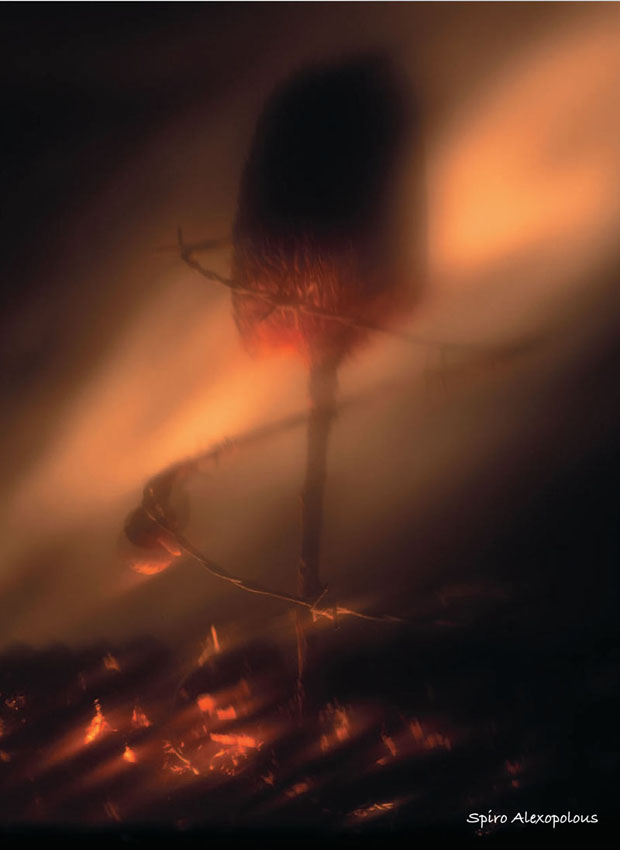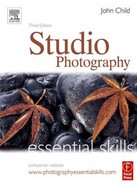creative controls
essential skills
~ Increase knowledge and understanding of aperture, shutter speed and focal length and their combined effect on visual communication.
~ Increase familiarity and fluency of operating camera equipment.
~ Through research study and observe the use of creative controls in the creation of photographic images.
~ Produce photographic images demonstrating a practical knowledge of depth of field, timed exposures and perspective.
Tim Barker

Introduction
The choice, arrangement and design of a subject within the frame determines the effectiveness of its communication. Communication can be increased by having a better understanding of the camera and its controls. Careful consideration is advised when using technical effects, so the resulting images are about communication and content and not predominantly about technique. Technique should never dominate the image. Some of the main techniques (other than lighting) employed by photographers to increase the communication of an image are:
~ Focus
~ Duration of exposure
~ Perspective
Kata Bayer

Familiarity
Owning the latest equipment will not necessarily make you a better photographer. Familiarity with a simple camera used over a period of time can be of far more value. Using the camera must become second nature to the point where it can be operated with the minimum of fuss. The equipment must not interfere with the function of seeing. The camera is the tool used to communicate the photographer’s vision. Creative photography is about observation, interpretation and communication of this pre-conceived vision.
Focus
‘Focus’ is the point at which an image is sharp or is the ‘centre of interest’. When framing an image the lens is focused on the point of interest to the photographer. The viewer of an image is instinctively drawn to this point of sharp focus. This is the ‘point of focus’ of the image. In this way the photographer ‘guides’ the viewer to the same point of focus and thereby the same point of interest visualised in the original composition.
Jo Harkin
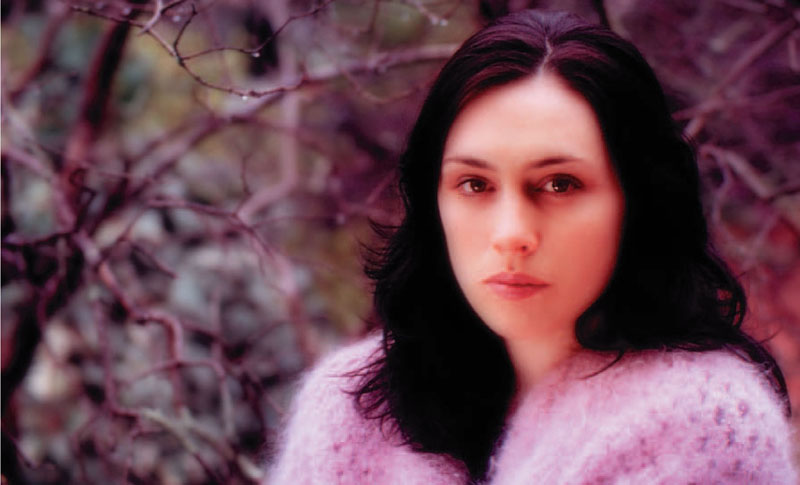
Limitations
Everything at the same distance as the focal point of the image will be equally sharp. Subjects nearer or further away are progressively less sharp. Focus on most small and medium format cameras can be graduated between two points to achieve focus. As the camera moves closer to the subject a point is reached where the subject can no longer be focused. This is the ‘closest point of focus, and the lens will be at its greatest physical length. As the camera moves away from the subject the focal point of the image will change until it reaches a point where almost everything within the frame will be in focus. At this point the limit of the lens’s ability to focus will have been reached and it will be at its shortest physical length. This distance is called ‘infinity’ and is marked on most lenses by the symbol ∞. The closest point of focus and infinity varies between lenses.
ACTIVITY 1
Using the closest focusing distance of each of your lenses photograph the same object from the same viewpoint. Record the closest focusing distances. If using a zoom lens record the closest focusing distance at the shortest and longest focal length.
Depth of field
Aperture not only controls exposure, it also controls depth of field. Depth of field is the distance between the nearest and furthest points in focus at a chosen aperture. At maximum aperture the depth of field is said to be narrow (shallow focus). At minimum aperture the depth of field is said to be wide (deep focus). The greatest depth of field is achieved at minimum aperture. If exposure time has to remain constant due to subject limitations then aperture has to be altered to achieve correct exposure. Changing aperture will increase or decrease depth of field depending upon the f-stop used. The larger the number of the f-stop the greater the depth of field. The smaller the number of the f-stop the smaller the depth of field. Depth of field is, however, relevant to the point of focus. A general rule of thumb is depth of field increases 1/3 forward and 2/3 behind the point of focus as you decrease the size of the aperture (increase the f-number).
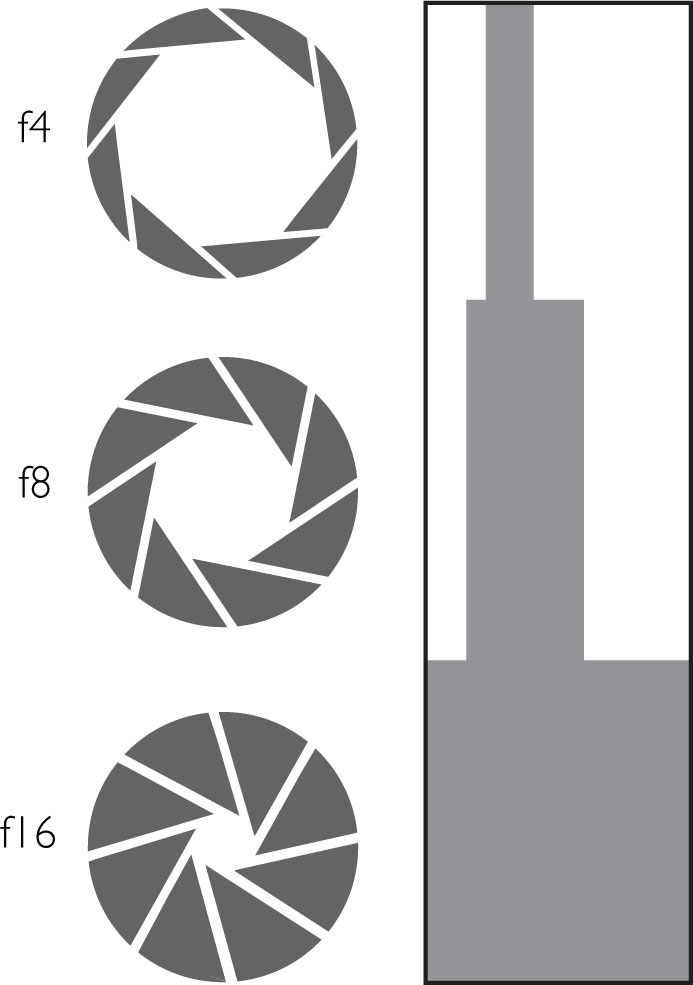
Shallow focus - Amber Gooding
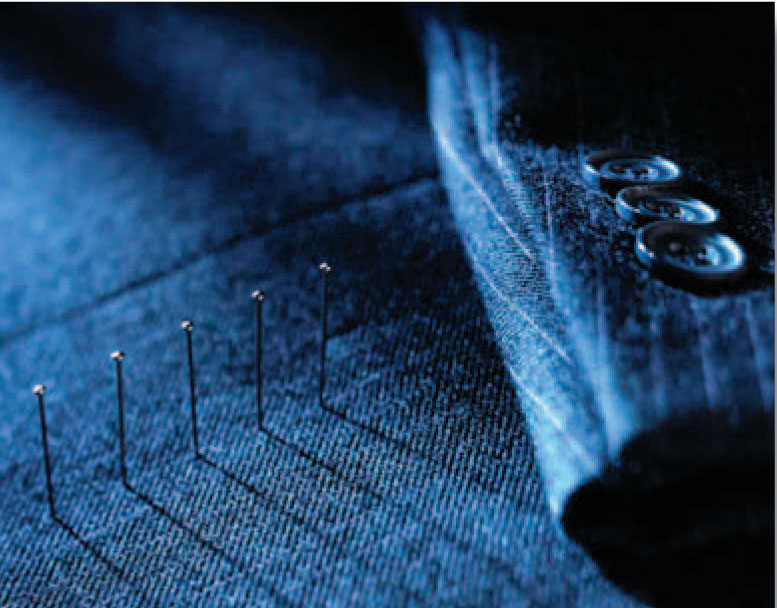
Deep focus - Ricky Bond

ACTIVITY 2
Find examples of photographs where depth of field has been used as a creative tool in the composition of the image.
Retain copies for future reference in your Visual Diary.
Factors
Depth of field is determined by the distance from the camera to the subject, the focal length of the lens and the size of the aperture.
Distance
As the camera moves closer to the subject the depth of field decreases (shallow focus). As the camera moves away from the subject the depth of field increases (deep focus).
Focal length
As the focal length of the lens increases (long lens) the depth of field becomes narrower. As the focal length of the lens decreases (wide angle lens) the depth of field becomes wider.
The least depth of field is achieved using the minimum focusing distance at maximum aperture on a long lens. The greatest depth of field is achieved using the maximum focusing distance at minimum aperture on a wide angle lens.
Point of focus
In most cases depth of field extends unequally in front and behind the point of focus. Focus increases in the proportion of one-third forward of the point of focus and two-thirds behind.
Camera position
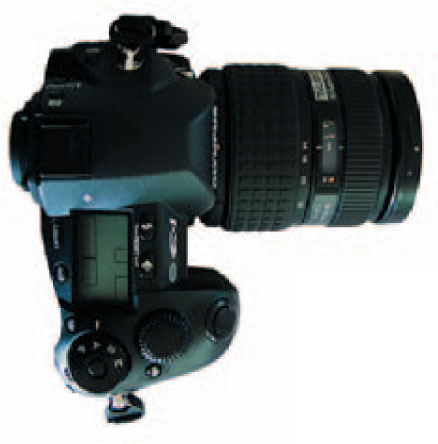
Depth of field
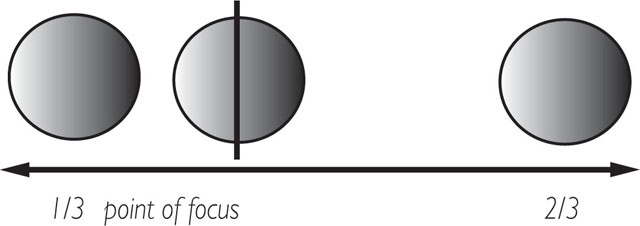
Practical application
All factors affecting depth of field are working simultaneously. Aperture is the main control over depth of field. In combination with framing, composition, lens choice and the distance of the camera from the subject the focal point of the image can be precisely controlled. Using any combination of these techniques can isolate or integrate that part of the subject within the frame determined to be the focal point of the image.
ACTIVITY 3
Compile in your Record Book the depth of field distances as indicated on your lenses.
Correlate distances with f-stops from the depth of field scale and retain for future reference.
On which lens does depth of field increase at the greatest rate?
Selective focus
Aperture places limitations upon a photographer that can become a creative advantage with the use of selective focus. This does not mean the camera is focused at a single point. When aperture is increased or decreased the depth of field changes. This changes the area of sharp focus to a greater or lesser extent. It is the conscious decision made by a photographer to use a combination of focus and aperture to create a selective field of focus that draws the observers’ viewpoint to one area or selected areas of the image.
Shaun Guest

Shallow focus is obtained at maximum aperture (iris wide open) and deep focus is obtained at minimum aperture (iris closed down). Having this information enables the photographer to use this technique to create well-defined areas of focus and attention. See ‘Exposure’.
In practical terms, this means if a point of focus is chosen and maximum aperture is used for exposure, all areas other than the point in focus will remain out of focus when the camera makes that exposure. As depth of field increases selective focus decreases. The effect of aperture on depth of field and its use in deciding upon an area of selective focus can be seen prior to exposure by the use of the camera’s preview mechanism.
ACTIVITY 4
Place two objects one behind the other approximately one metre apart.
Focus with a normal lens on the front object at maximum aperture and make an exposure at every f-stop until you reach minimum aperture.
Focus on the rear object and repeat the sequence.
Compare results and retain for future reference in your Record Book.
Preview
Most cameras or their associated lenses have the facility to preview an image at the chosen aperture prior to exposure. In one form or another this is achieved by closing down the lens (reducing the size of the iris) in order to preview the image using the exposure aperture. Most cameras view images at maximum aperture. Even though the f-stop setting on the lens may not be at maximum aperture the viewing system overrides this. This allows the photographer to compose the photograph with the brightest image available. This can only be obtained by having the lens at maximum aperture whilst viewing and automatically stopping down to chosen aperture at the instant of exposure. This gives the advantage of bright viewfinder images but does not give a true picture of what will be in or out of focus other than the point at which the camera is focused. Previewing depth of field and its effect upon selective focus is a skill photographers often use. If the image has been previewed then there can be no surprises when the results are viewed.
Kata Bayer
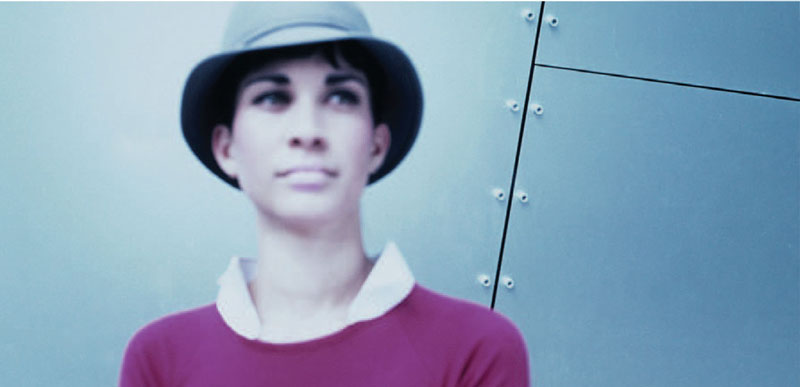
On most cameras it is possible to change aperture, and see the effect upon depth of field, during preview. With large format cameras there is no preview button. Viewing the effect of aperture upon depth of field is undertaken by progressively closing down the f-stop from maximum to minimum aperture whilst looking through the back of the camera with your head under a dark cloth to obscure all light. In all cameras as you close down the aperture in preview mode the image will become darker, halving in intensity every f-stop.
ACTIVITY 5
Practise using the preview mode on your camera.
Take note of how the image becomes darker as you move through maximum to minimum aperture and the effect it has upon an area of selective focus.
Observe the difference between depth of field and selective focus.
Duration of exposure
All photographs are time exposures of either shorter or longer duration. In a studio situation the majority of subjects being photographed will be relatively inanimate. The longer exposure times required for tungsten lighting compared to exterior daylight or flash are usually not a problem. If the photograph is a studied portrait or recreation of a ‘period look’ the use of an aperture at or close to maximum will give acceptable results and complement the overall design. By choosing long exposures moving objects will record as blurs. This effect is used to convey the impression or feeling of motion. However, much of the subject information is sacrificed to effect. See ‘Using Light’.
Fast shutter speed
In a studio fast shutter speeds would be required when photographing moving subjects or subjects likely to move. Animals and children, for example. A shutter speed faster than 1/125 second would be required to freeze their action in order to obtain a sharp image. This does not refer to focus but to image blur. Exposures this fast are most easily achieved using a flash light source of high intensity and short duration. See ‘Using Light’.
Slow shutter speed
When using tungsten light and a shutter speed slower than 1/30 second movement is recorded as a streak of light. This is called movement blur (when using flash the subject is frozen at any shutter speed). With the camera on a tripod the moving subject will blur but the background will remain sharp. If the camera is panned (camera follows the subject) the subject blur will be reduced and the background will blur in the direction of the pan.
Camera shake
Image blur caused by camera movement can be eliminated by mounting the camera on a tripod and using a cable release to activate the shutter. This is imperative with the longer exposure times required for tungsten light. When using flash, camera vibration is not an issue as the duration of the flash is shorter than the fastest shutter speed on the camera.
James Newman

ACTIVITY 6
Light a moving metronome (or other constant velocity device) with a tungsten light source.
With the camera on a tripod photograph the movement at every shutter speed.
Creative exposure compensation
Exposure compensation is primarily used to achieve correct exposure. However, the creative process of photography sometimes requires an exposure that is not correct to produce the desired result. The degree of compensation is only limited by the photographer’s imagination. Interesting results can be achieved by purposely under- or overexposing regardless of SBR.
Colour saturation
Decreasing exposure by 1/3 or 2/3 of a stop will increase colour saturation. This works especially well when using colour transparency film as the image is viewed by transmitted light. Care should be taken when recording tones of known value.
Back lighting
A subject is back lit when the dominant light is from behind the subject. To take a reflected reading of the area viewed by the camera would give an incorrect exposure. A reflected reading of the subject only or an incident reading from the subject to the camera would give correct exposure. In this way the dominance of the back light can be controlled.
Halos
With subjects having extreme contrast either as a result of SBR or lighting ratios, exposing for the shadow areas will create the effect of massively overexposing the highlights. On its own, or combined with lens filtration (soft filter) or post production techniques, the result especially when using a strong back light is a halo effect around the subject.
Silhouettes
A silhouette is the shadow or outline of the subject against a lighter background. It can be created by back lighting and reducing the exposure to remove detail from the subject. Reducing the subject exposure by three stops is sufficient to record the subject as black.
Itti Karuson
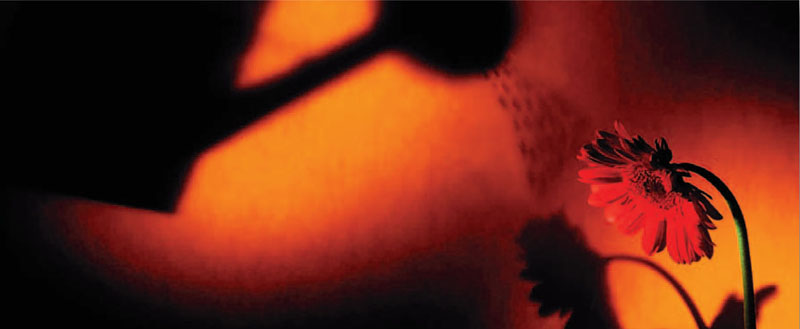
Perspective
Visual perspective is the relationship between objects within the frame and their place within the composition. It is this relationship that gives a sense of depth in a two-dimensional photograph. ‘Diminishing perspective’ is when objects reduce in size as the distance from the camera to that object increases. ‘Converging perspective’ is when lines that in real life are parallel appear to converge as they recede towards the horizon. The human eye has a fixed focal length and a perspective determined by viewpoint. Photographic perspective can be altered by changing the distance of the camera from the subject.
Steep perspective
A wide angle lens apparently distorts distance and scale, creating ‘steep perspective’. A subject close to the lens will look disproportionately large compared to its surroundings. Objects behind and to the side of the main subject will appear much further away from the camera due to the closer viewpoint often associated with a wide angle lens.
Steep perspective - Stuart Wilson
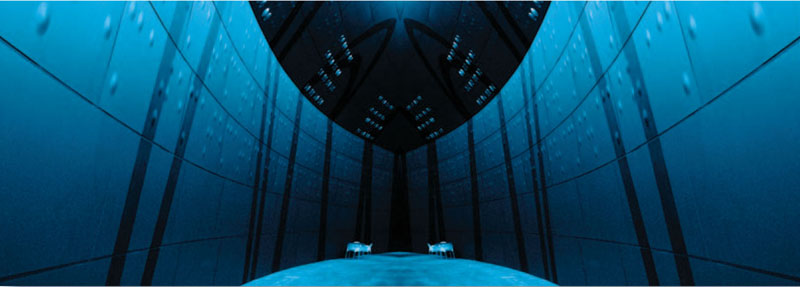
Compressed perspective
The distant viewpoint of a long lens condenses distance and scale, creating ‘compressed perspective’. A subject close to the lens will look similar in size to other subject matter. Objects behind and to the side of the main subject will appear closer together than reality.
Compressed perspective - Stuart Wilson
